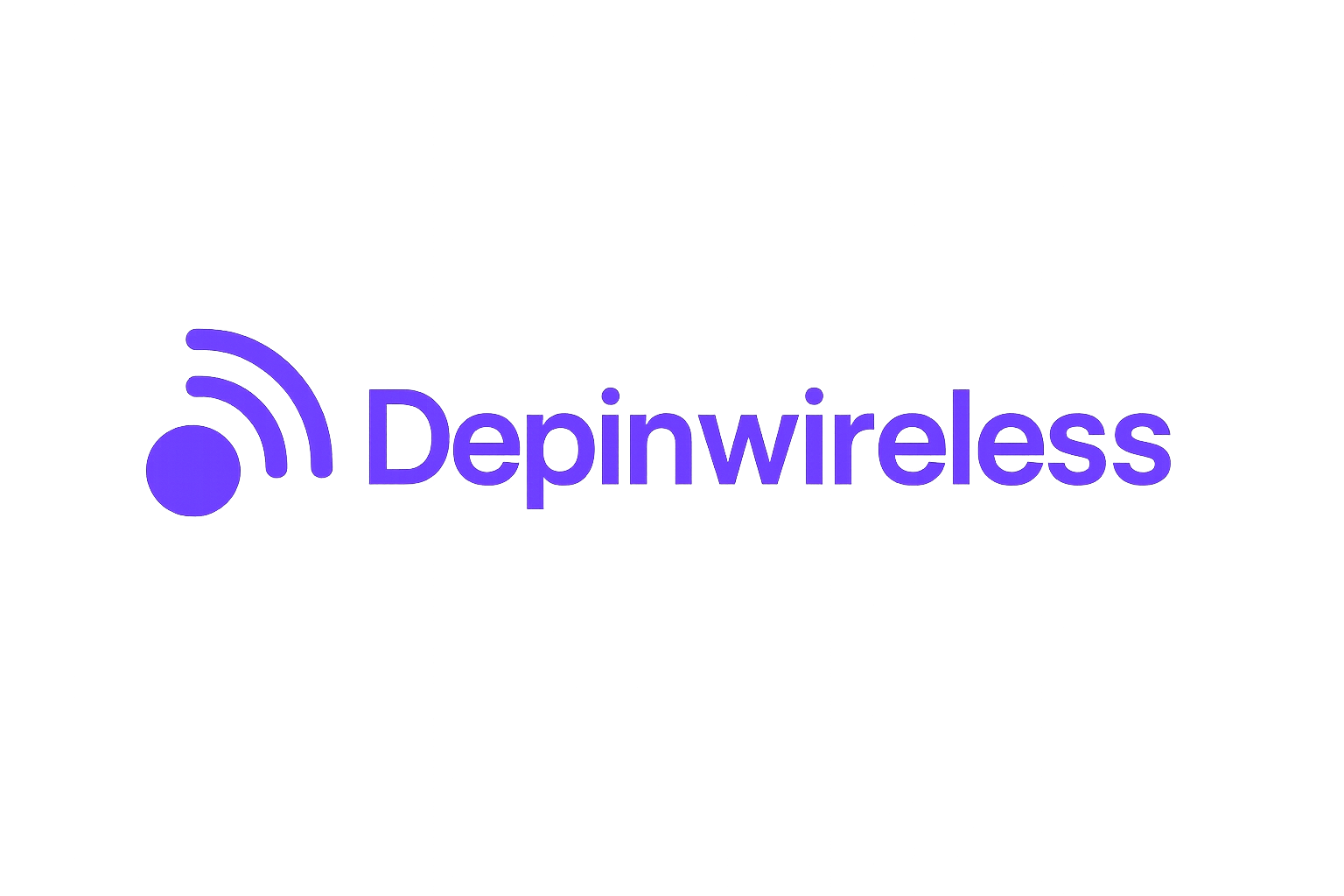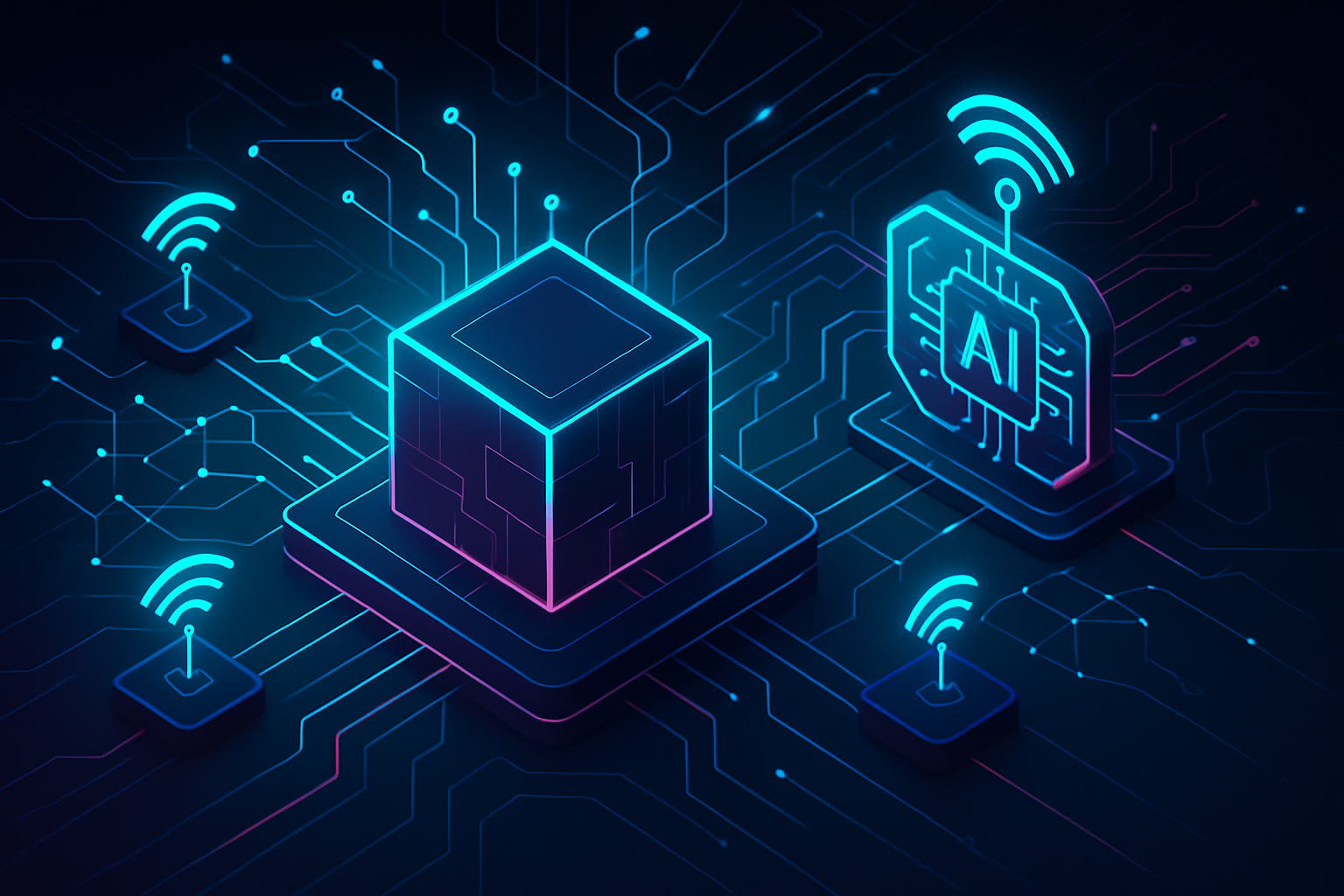
Decentralized wireless networks are rapidly evolving, but the next leap forward depends on fusing two critical technologies: scalable blockchain infrastructure and decentralized artificial intelligence. 0G Labs is at the forefront of this convergence, introducing a modular Layer 1 blockchain (the 0G Chain) purpose-built to power decentralized AI for DePIN (Decentralized Physical Infrastructure Networks) wireless networks, including 5G, WiFi, and IoT deployments.

Why Traditional Blockchains Fall Short for Decentralized AI Wireless
AI-driven DePIN wireless infrastructure generates and consumes massive data streams in real time. Predictive maintenance, autonomous network optimization, and edge analytics require not just raw throughput but also low latency and flexible data management. Legacy blockchains simply can’t keep up with these demands due to their monolithic architectures and limited scalability.
This is where 0G Labs Layer 1 blockchain changes the game. By separating consensus, execution, and storage into distinct modules, 0G Chain enables independent scaling and optimization of each layer. This modularity is crucial for supporting high-performance AI applications in decentralized wireless environments.
Inside the Modular Architecture of 0G Chain
The technical backbone of 0G Chain is its modular design:
- Consensus Layer: Handles transaction validation with multi-consensus support for resilience and speed.
- Execution Layer: Optimized for scalable computation, allowing complex AI workflows to run efficiently.
- Storage/Data Availability Layer: Delivers rapid access to massive datasets – a must-have for real-time AI analytics in IoT and wireless networks.
This separation allows each module to evolve independently as new cryptographic or machine learning techniques emerge. The result? A blockchain that achieves throughput speeds up to 50 GB per second per consensus layer, far outstripping traditional chains (source). For DePIN wireless networks handling thousands or millions of connected devices, this level of performance is a prerequisite for operational success.
EVM Compatibility: Bridging Decentralized AI with Existing Ecosystems
The journey from research breakthrough to real-world adoption depends on developer accessibility. Here again, 0G Chain delivers by being fully compatible with the Ethereum Virtual Machine (EVM). Developers can port existing smart contracts or build new decentralized AI solutions using familiar toolsets – reducing friction for innovators across IoT, telecoms, and edge computing sectors (source).
Key Benefits of 0G Labs’ Modular Layer 1 for DePIN Wireless
-
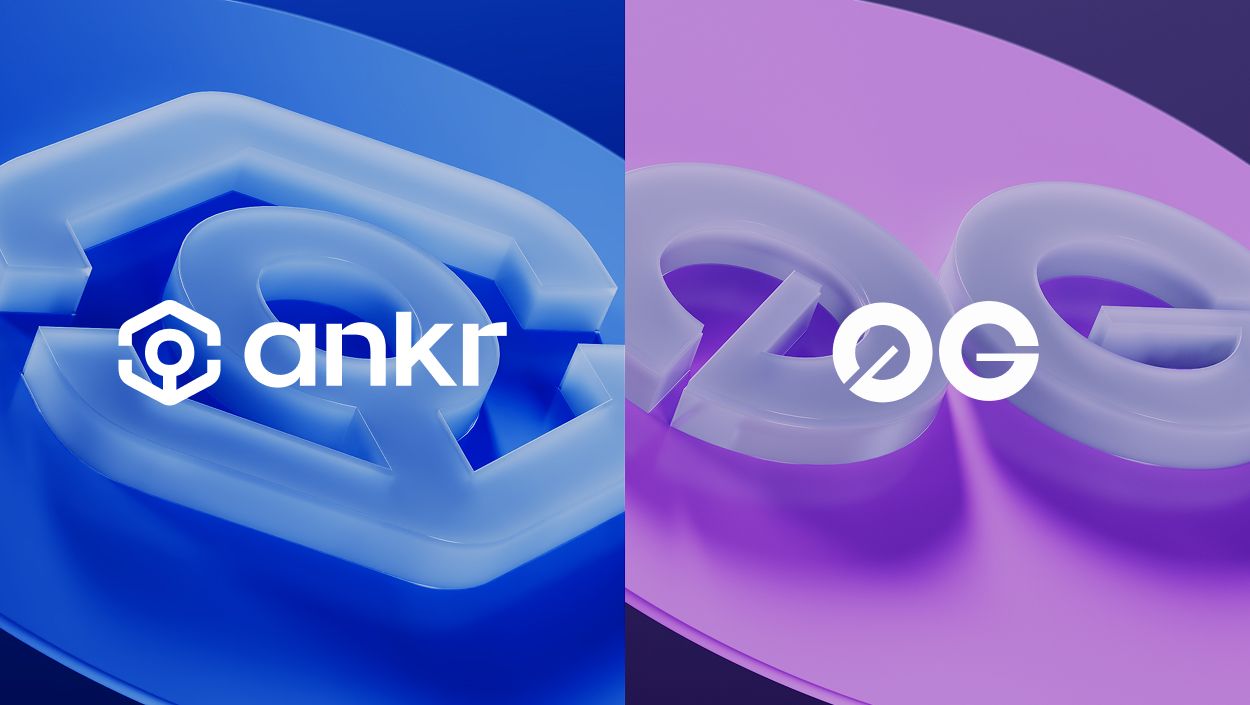
Infinitely Scalable Throughput: 0G Chain delivers throughput speeds up to 50 GB per second per consensus layer, enabling DePIN wireless networks to process massive volumes of real-time data essential for decentralized AI applications.
-
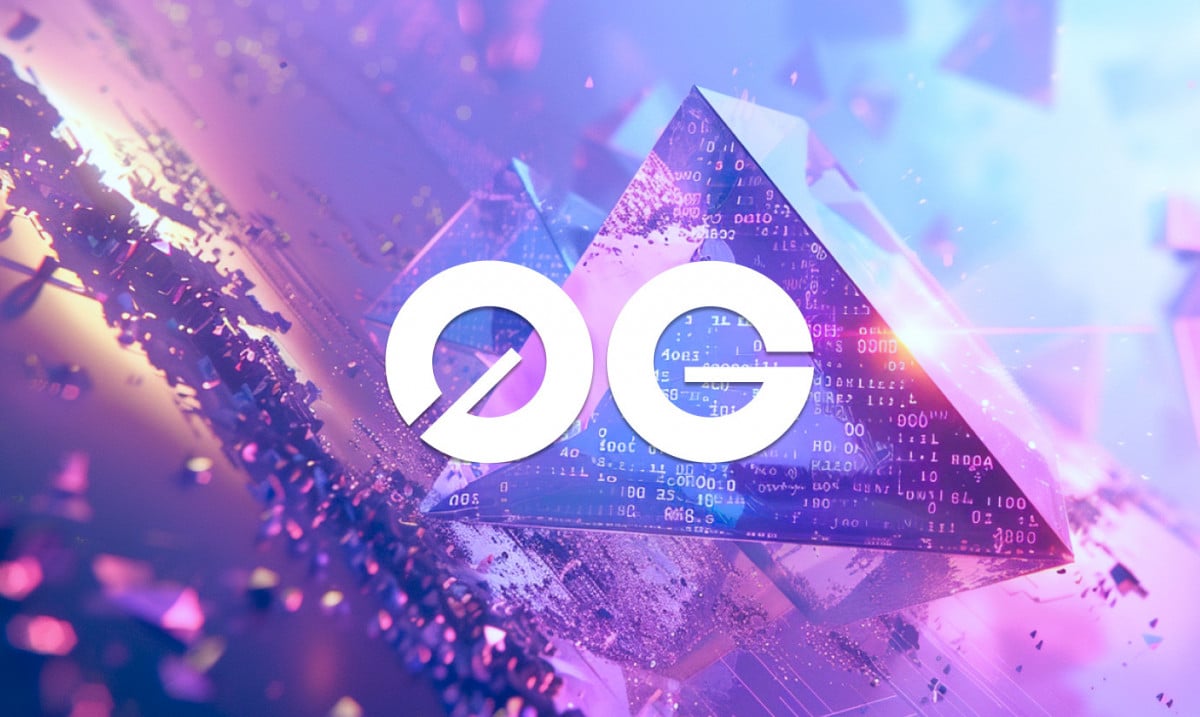
Modular Architecture for Flexible Optimization: By separating consensus, execution, and storage layers, 0G Chain allows each component to scale and evolve independently, supporting efficient AI-driven workflows in wireless infrastructure.
-
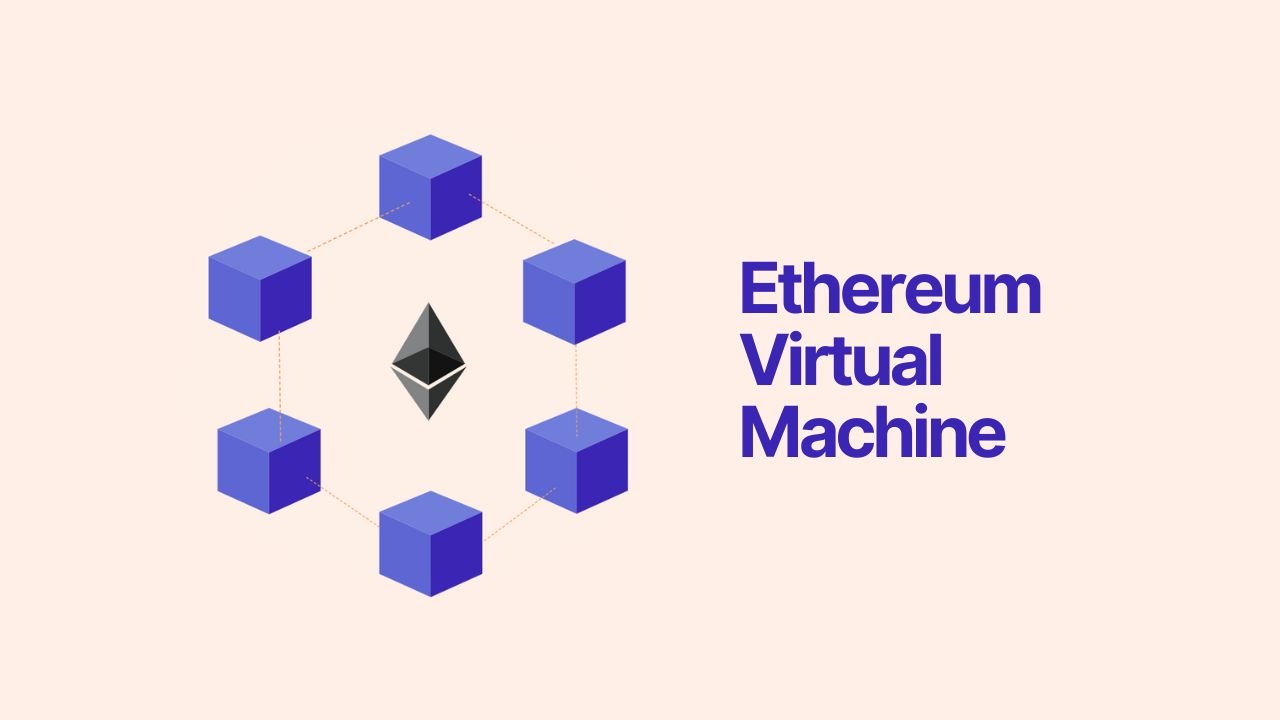
Seamless EVM Compatibility: 0G Chain is fully compatible with the Ethereum Virtual Machine (EVM), making it easy for developers to deploy existing smart contracts and leverage Ethereum’s robust ecosystem within DePIN wireless networks.
-
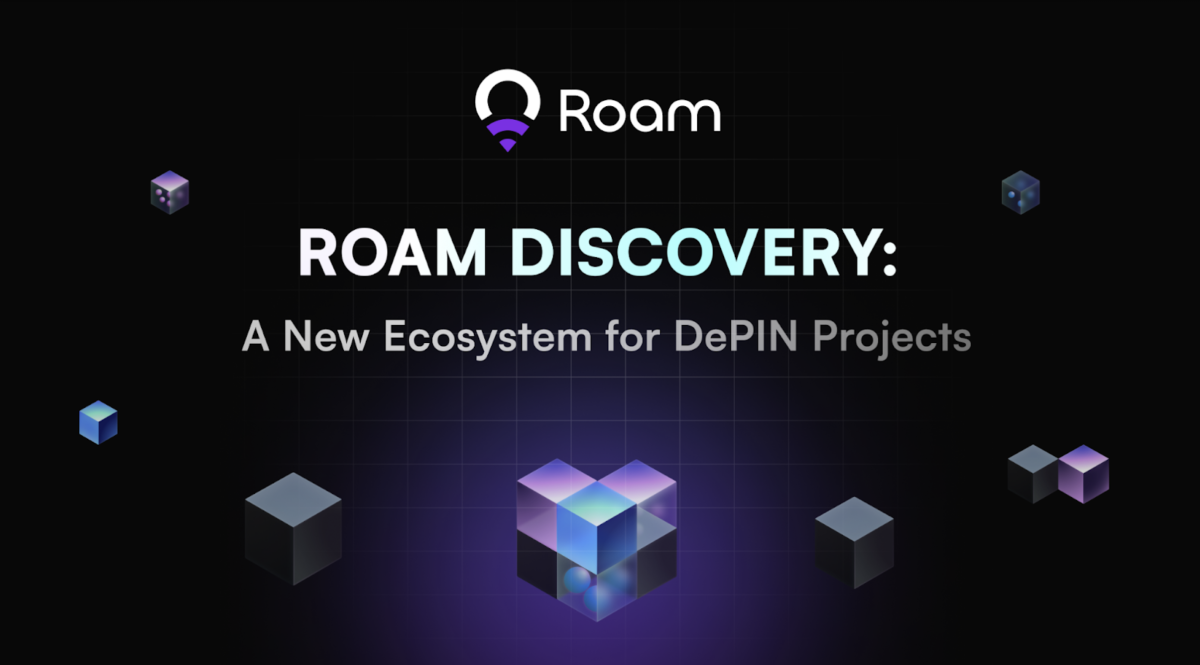
Decentralized AI Integration: The platform enables real-time data analysis, predictive maintenance, and autonomous network optimization directly on-chain, empowering DePIN wireless networks with advanced, decentralized AI capabilities.
-
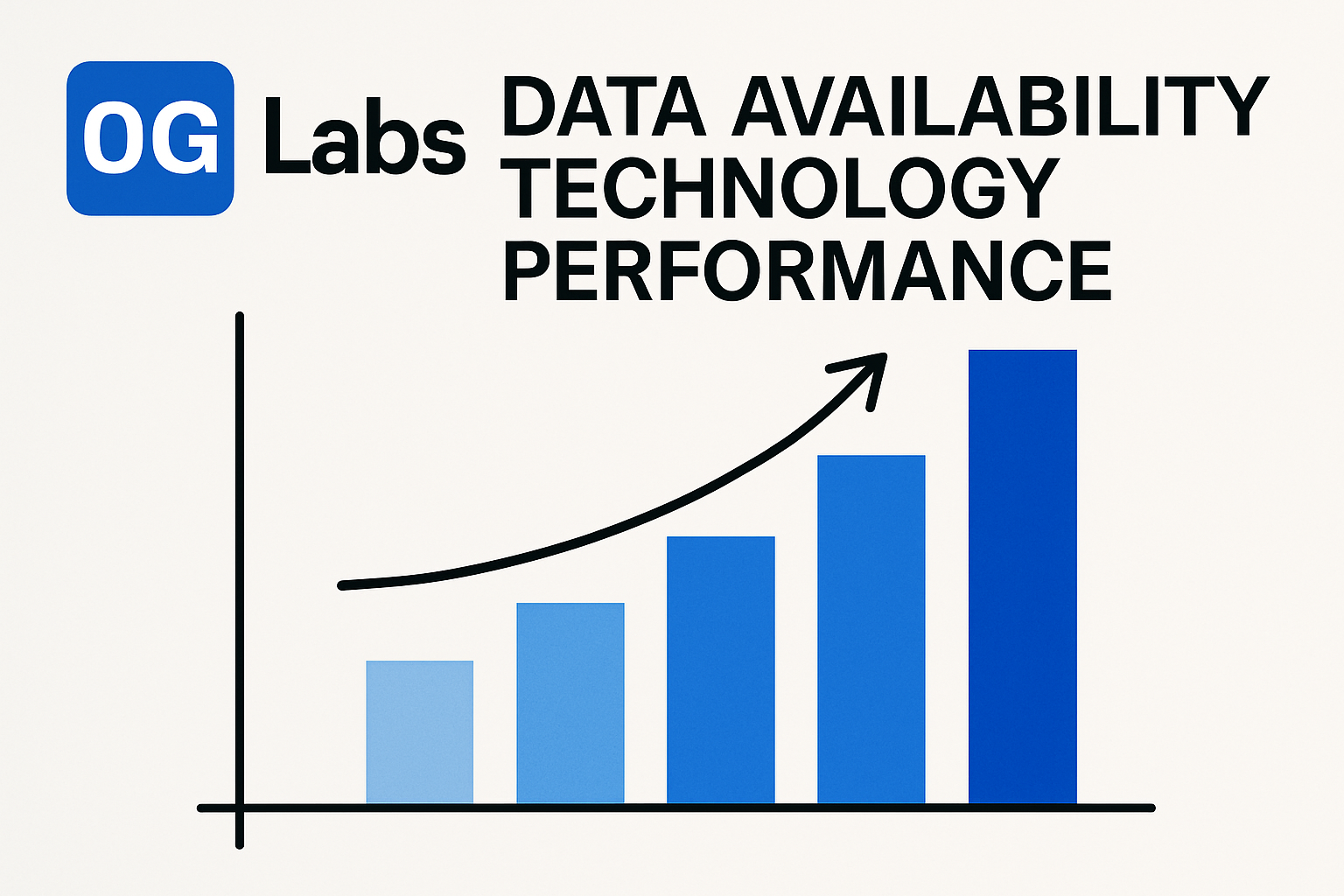
Cost-Efficient and High-Performance Data Availability: 0G Labs’ data availability technology is reported to be 1000x faster and cheaper than Ethereum Layer 1, dramatically lowering operational costs for DePIN wireless infrastructure.
-
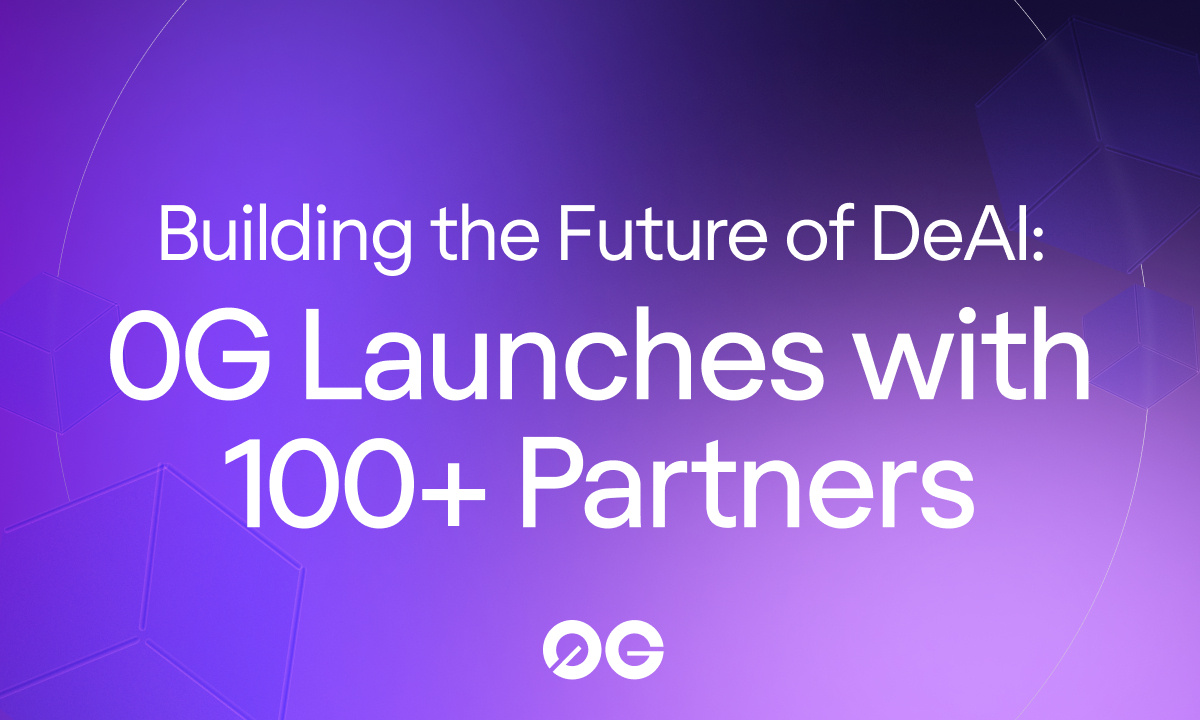
Robust Ecosystem and Developer Support: With backing from major industry partners and tools like QuickNode supporting the 0G mainnet, developers and operators benefit from a growing ecosystem and reliable infrastructure for building DePIN wireless solutions.
This EVM compatibility also means that protocols like Helium or Mirror Protocol can integrate directly with the high-throughput features of 0G Chain without reinventing their stack. It’s an open invitation for cross-ecosystem collaboration in decentralized connectivity.
As the demand for decentralized AI wireless infrastructure accelerates, 0G Labs’ architecture stands out as a blueprint for the next generation of DePIN networks. The modular approach not only supports high-frequency data exchanges but also enables on-chain AI models to process, learn, and adapt at the edge, unlocking possibilities like real-time anomaly detection in 5G cells or autonomous resource allocation across IoT devices.
With 0G Chain’s scalable execution layer, DePIN operators can deploy AI-driven smart contracts that react instantly to network events. For example, predictive maintenance routines can be triggered by sensor data without human intervention, while bandwidth can be dynamically allocated to mission-critical applications based on live analytics. This level of automation is crucial for maintaining uptime and performance in dense, decentralized environments.
The Role of Decentralized Storage and Data Availability
Robust decentralized storage is another pillar of 0G Labs’ value proposition. Traditional blockchains struggle with the sheer volume and velocity of wireless network data; by contrast, 0G’s dedicated data availability layer offers rapid access at scale. According to industry analysis, this technology achieves speeds over 1,000x faster and cheaper than Ethereum Layer 1, making it uniquely suited for AI-optimized blockchain for 5G and IoT deployments (source).
This means that decentralized AI applications, such as federated learning across thousands of edge nodes, are now viable within DePIN wireless infrastructure. Each node can securely contribute insights without exposing raw data, preserving privacy while still improving overall network intelligence.
Ecosystem Momentum: Funding and Community Growth
The market’s confidence in 0G Labs Layer 1 blockchain is reflected by its $35M pre-seed raise, a testament to both technical achievement and strategic vision (source). This influx of capital has enabled rapid mainnet development and incentivized early adopters through initiatives like the $150M airdrop program. As major infrastructure providers and protocol developers join the ecosystem, network effects are compounding.
Key Partnerships Driving 0G Chain Adoption in DePIN Wireless
-
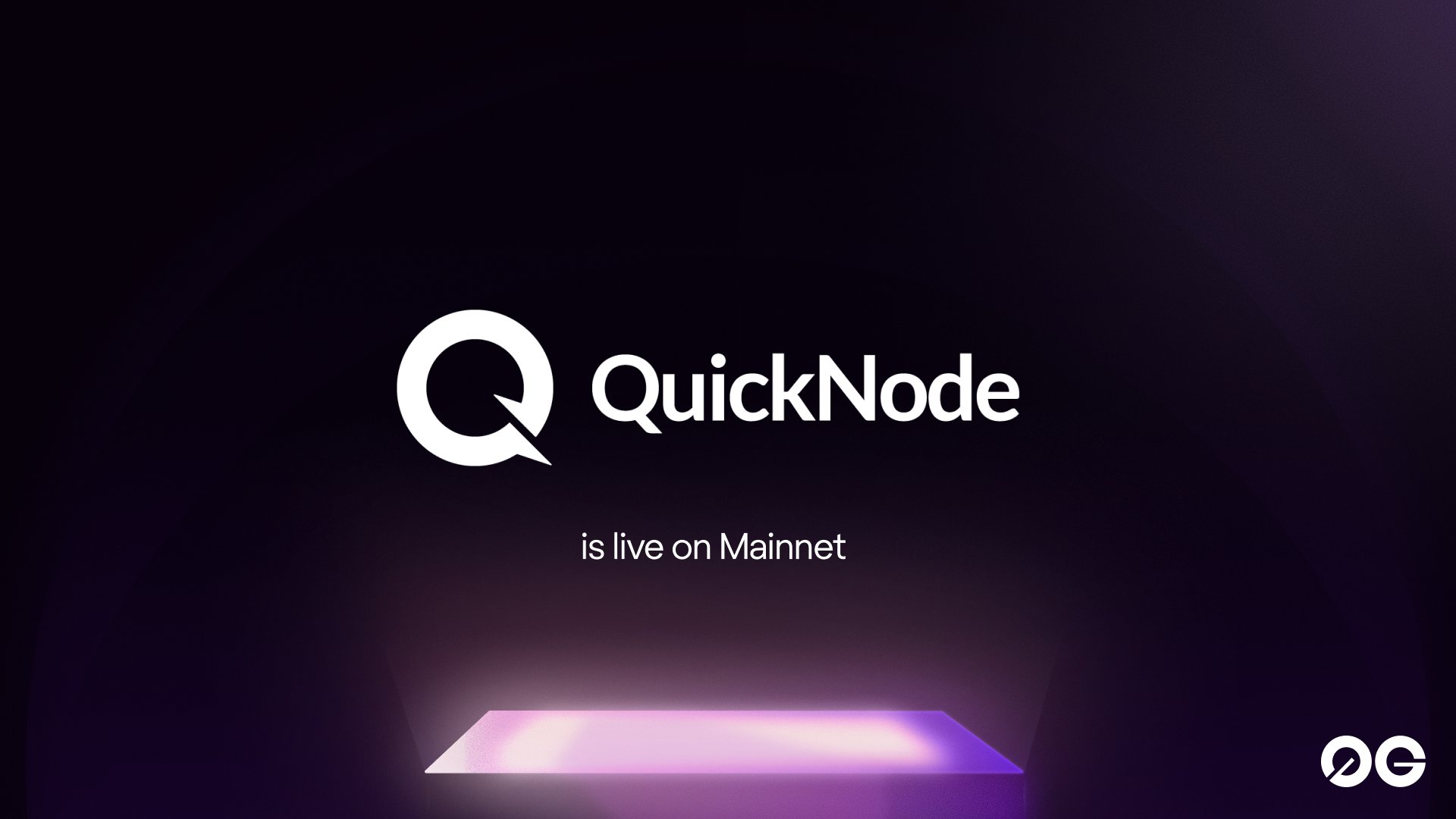
QuickNode Integration: QuickNode, a leading blockchain infrastructure provider, has added support for 0G mainnet. This enables developers and DePIN wireless projects to access high-performance RPC endpoints and node infrastructure, simplifying deployment and scaling on 0G Chain.
-
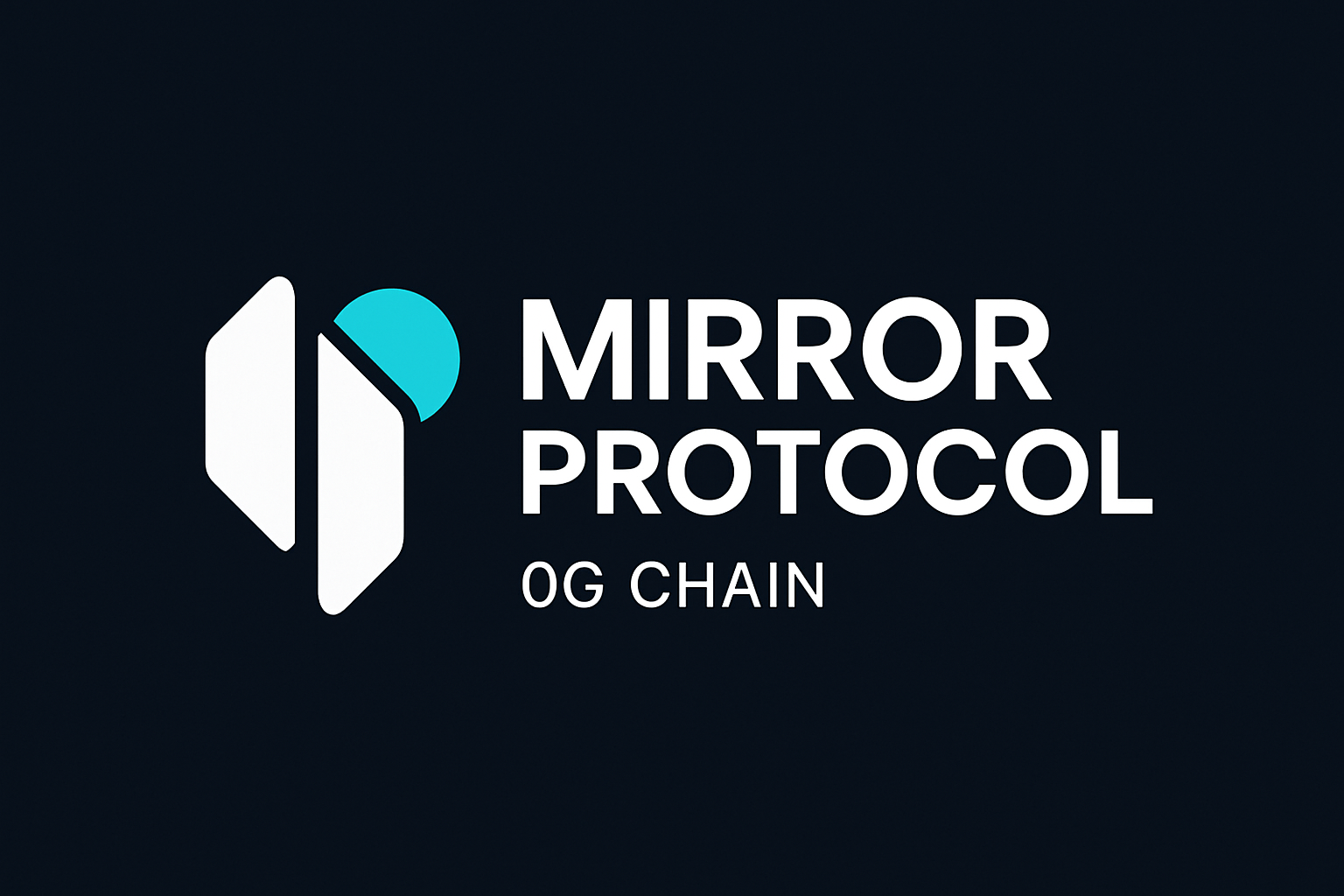
Mirror Protocol Collaboration: The Mirror Protocol leverages 0G Chain to deliver a fully decentralized and trustless Bitcoin staking solution. This integration highlights 0G’s role in enabling cross-chain asset utility within DePIN and wireless ecosystems.
-
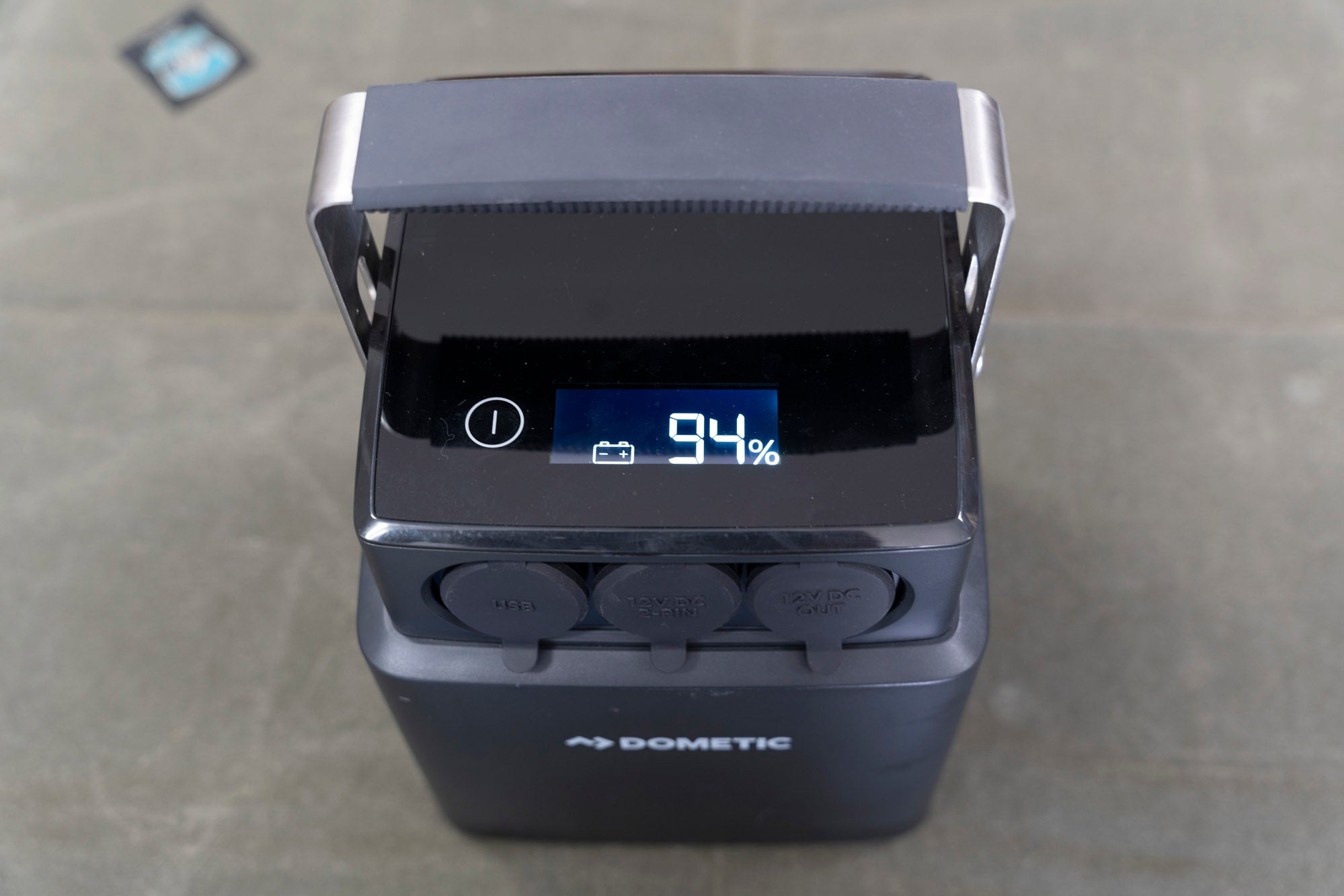
Lithium Digital Partnership: Lithium Digital has partnered with 0G Labs to explore decentralized storage and AI-powered data availability for DePIN wireless networks, showcasing real-world adoption of 0G’s modular infrastructure.
-
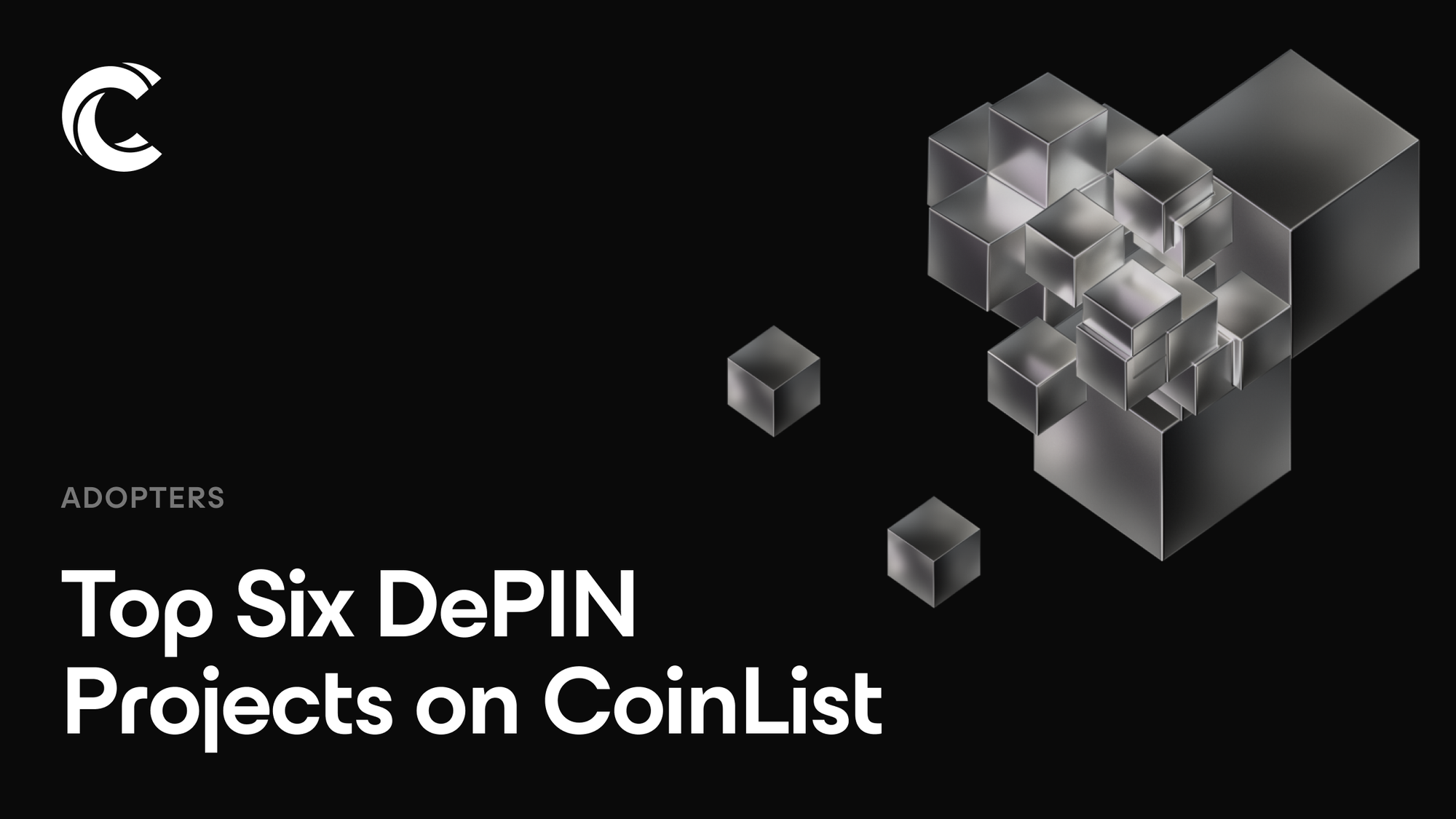
Integration with EVM-Compatible DePIN Projects: Thanks to its full EVM compatibility, 0G Chain is being adopted by a range of DePIN wireless projects seeking to leverage decentralized AI and scalable data management, lowering the barrier for Ethereum developers entering the DePIN space.
The combination of modular design, high scalability, and EVM compatibility positions 0G as a foundational layer for any project seeking to leverage decentralized AI within wireless or IoT environments. Developers benefit from familiar tooling while gaining access to unprecedented performance, bridging today’s fragmented solutions into a unified platform for innovation.
What’s Next? The Future of Decentralized AI Wireless Networks
The industry is watching closely as DePIN wireless infrastructure evolves from siloed experiments into cohesive networks powered by modular blockchains like 0G Chain. With real-time analytics, self-healing capabilities, and secure cross-domain collaboration now possible at scale, we’re seeing the early formation of an open connectivity fabric, one where intelligence is distributed as broadly as physical coverage itself.
For investors and builders alike, understanding how modular blockchain for IoT, high-performance consensus layers, and EVM integration work together will be key to capturing new opportunities in this rapidly expanding sector. As always in crypto infrastructure: speed matters, but so does flexibility. In both respects, 0G Labs is setting the pace for what comes next.
